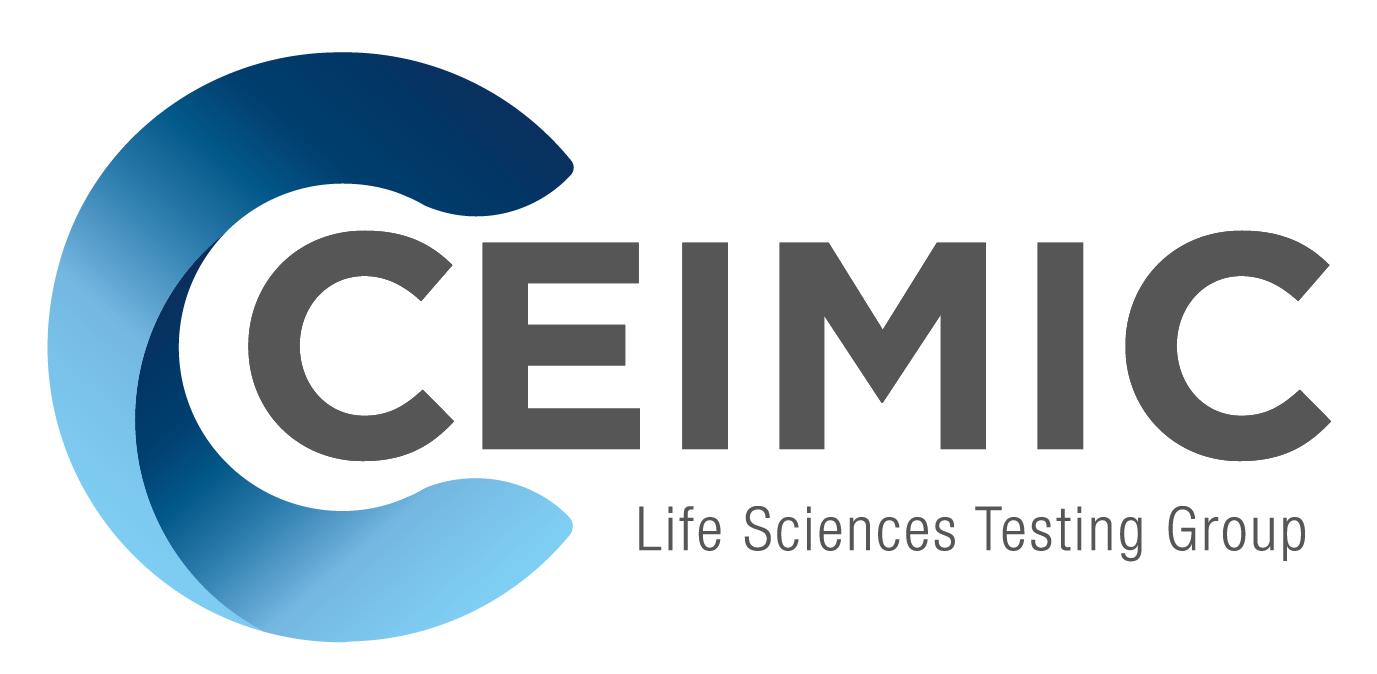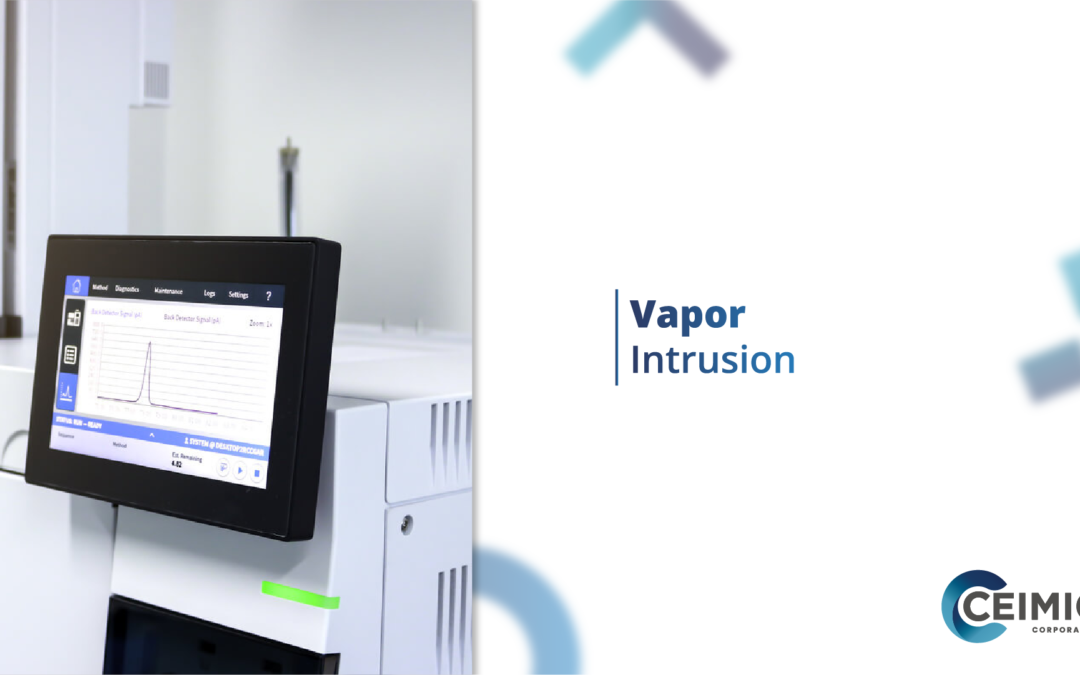Vapor intrusion occurs when there is a migration of vapor-forming chemicals from any underground source to overlying buildings. The recognition of the intrusion of soil vapors into buildings and other enclosed spaces occurred in the 1980s, with concerns about radon intrusion. Subsequently, there was a growing awareness that anthropogenic chemicals (e.g., petroleum hydrocarbons and chlorinated solvents) in the soil, groundwater and sewers and drainage pipes could also pose threats to indoor air quality through the vapor intrusion pathway.
When chemicals move indoors, the population can be exposed to them by breathing in the internal air. This exposure can cause health effects, depending on the type and amount of chemical and the duration of exposure.
The following factors affect steam intrusion:
- The type of soil below the building
- The type and condition of construction (foundation, leaks, air exchange)
- Weather conditions
The amount of fumes entering a building can be different over time – changing every hour, daily, weekly and seasonally. The amount of vapor intrusion can also be different on different floors and in different rooms in the same building or in buildings close to each other.
There are several techniques available in the Brazilian market for analysis of intrusion vapors, the most used being the TO-15 method. This method allows the analysis of more than 90 volatile compounds in ambient air, counter-floor and soil steam samples collected in canisters.
Ceimic has been providing its customers with TO15 VOCs analysis since early 2011 and remains a market leader.
The TO-15 analysis we provide uses the latest and most advanced technology. The samples are analyzed in instruments planned exclusively for this analysis, with canisters of 1.4 liters.
Since we started providing tor-15 analysis 9 years ago, we have found it prudent to provide individually certified canisters, not batch, to show that each canister is free of any kind of contamination. This is extremely important in Brazil since 98% of the samples we analyzed presented some level of contamination. In the analysis of TO-15 it is necessary to reuse the canisters and it is essential to provide our customers with contaminant-free canisters. Each canister is tested as if it were a real sample before we send to our customers and an individual certificate is provided, evidencing the cleaning of the same. This certificate clearly shows that any contamination found in the sample analysis did not come from the canister, allowing you to present the results with confidence.
ADVANTAGES OF THE TO-15 ANALYSIS PERFORMED BY CEIMIC
- 9 years of experience in São Paulo, with thousands of analyses performed by the authentic TO-15 methodology;
- Use of 1.4L canister, able to analyze 5 dilutions without loss of sensitivity;
- Fomo recognized by ERA as a laboratory of excellence for achieving 100% accuracy in the 2019 interlaboratory test,
- Our silonite coated stainless steel canisters are individually certified to ensure no contamination;
- Multiple TO-15 instrumentation systems to ensure on-time results;
- Inventory of hundreds of stainless steel canisters coated with silonite (to-15 compliant) and vast inventory of Sample Trains and Flow Controllers;


Recent Comments